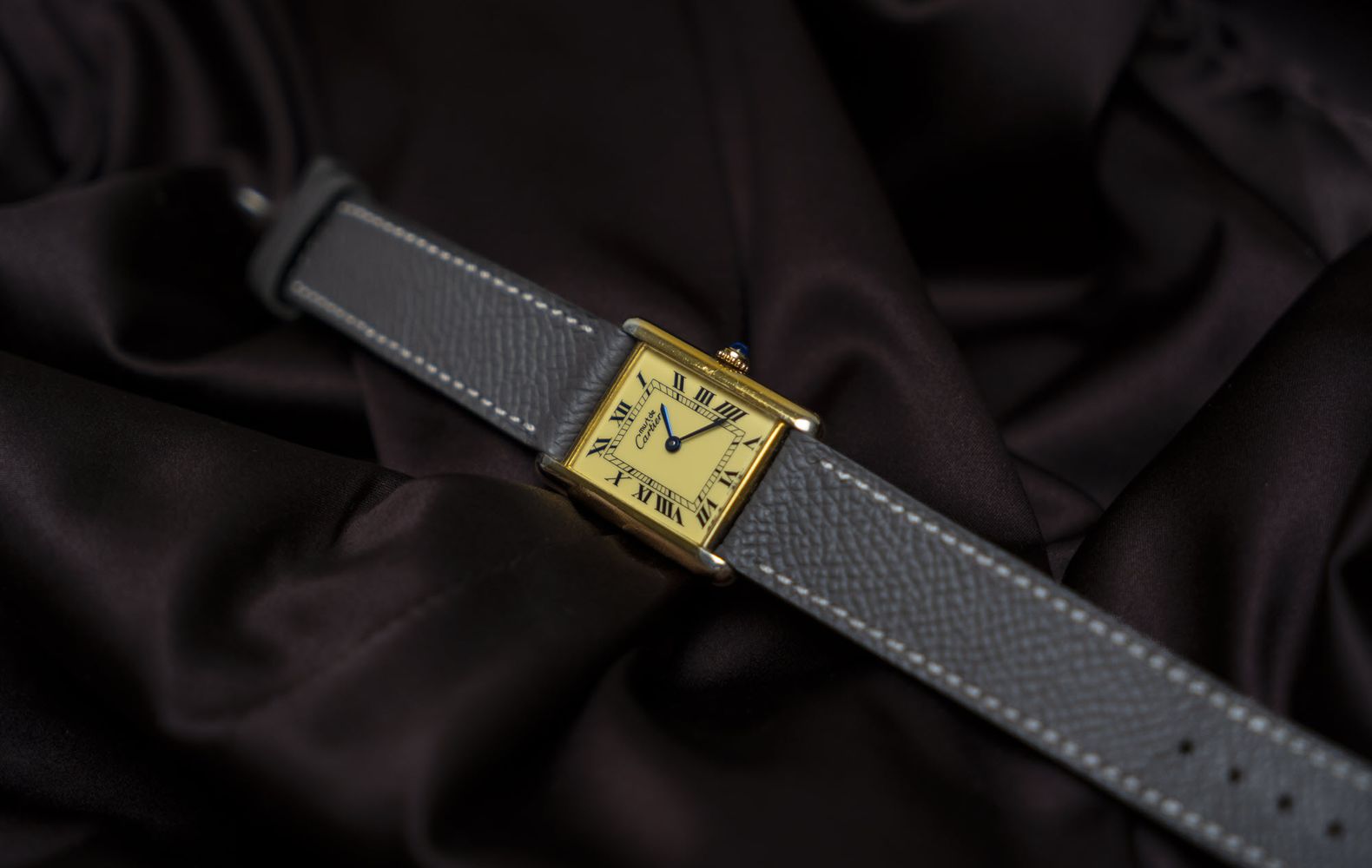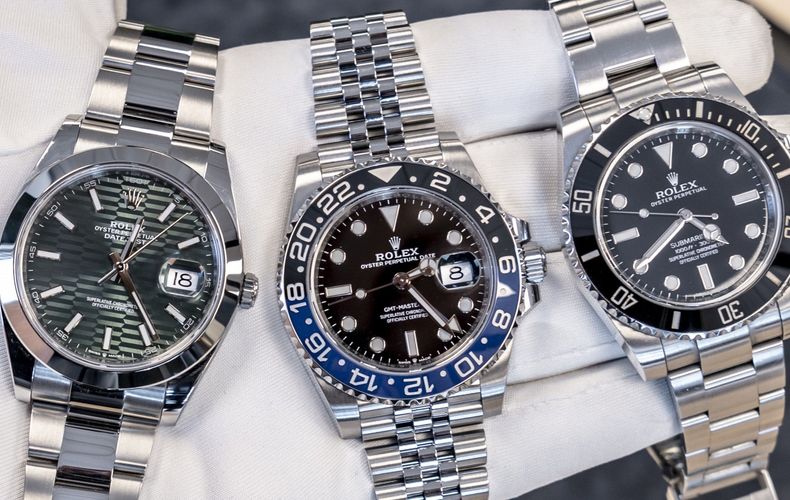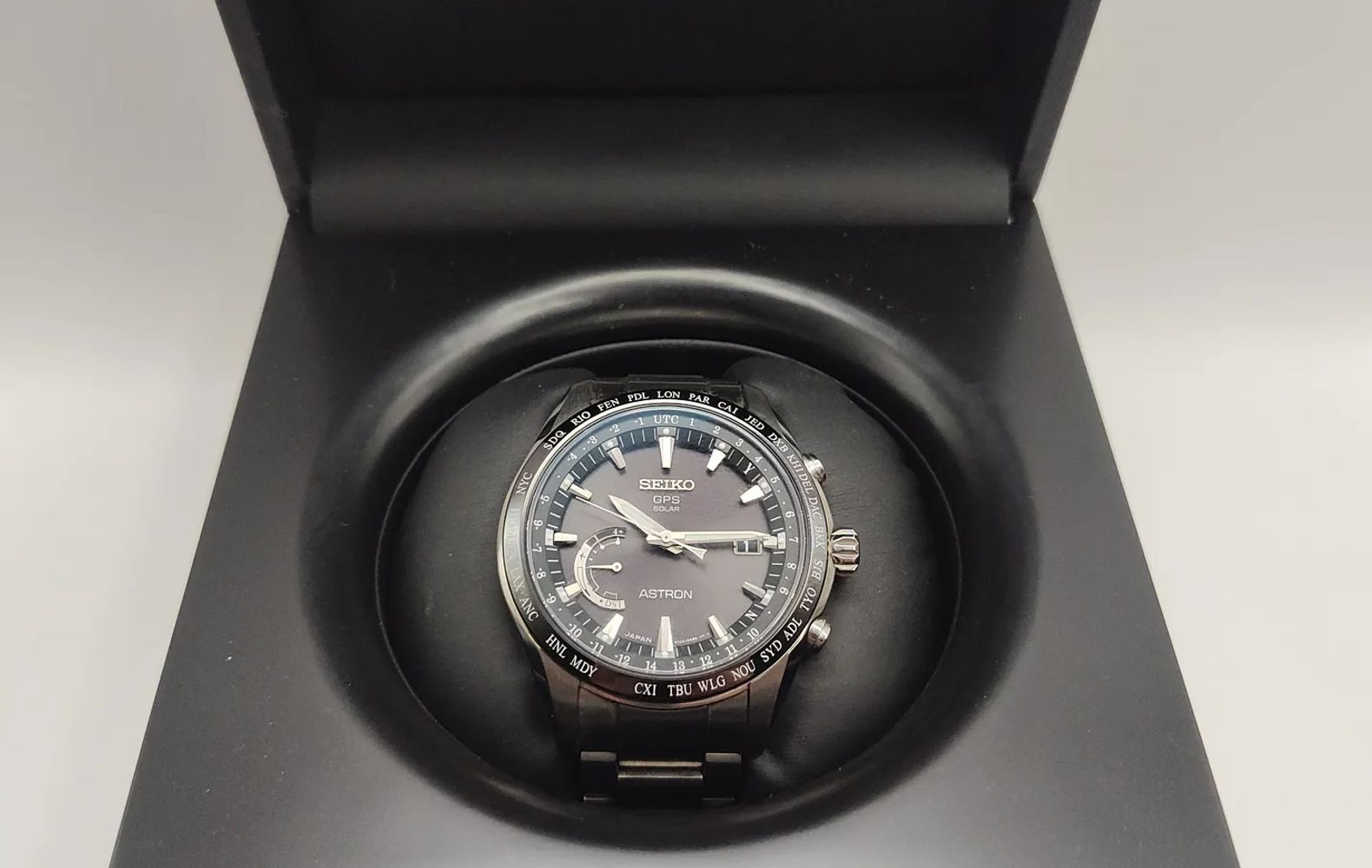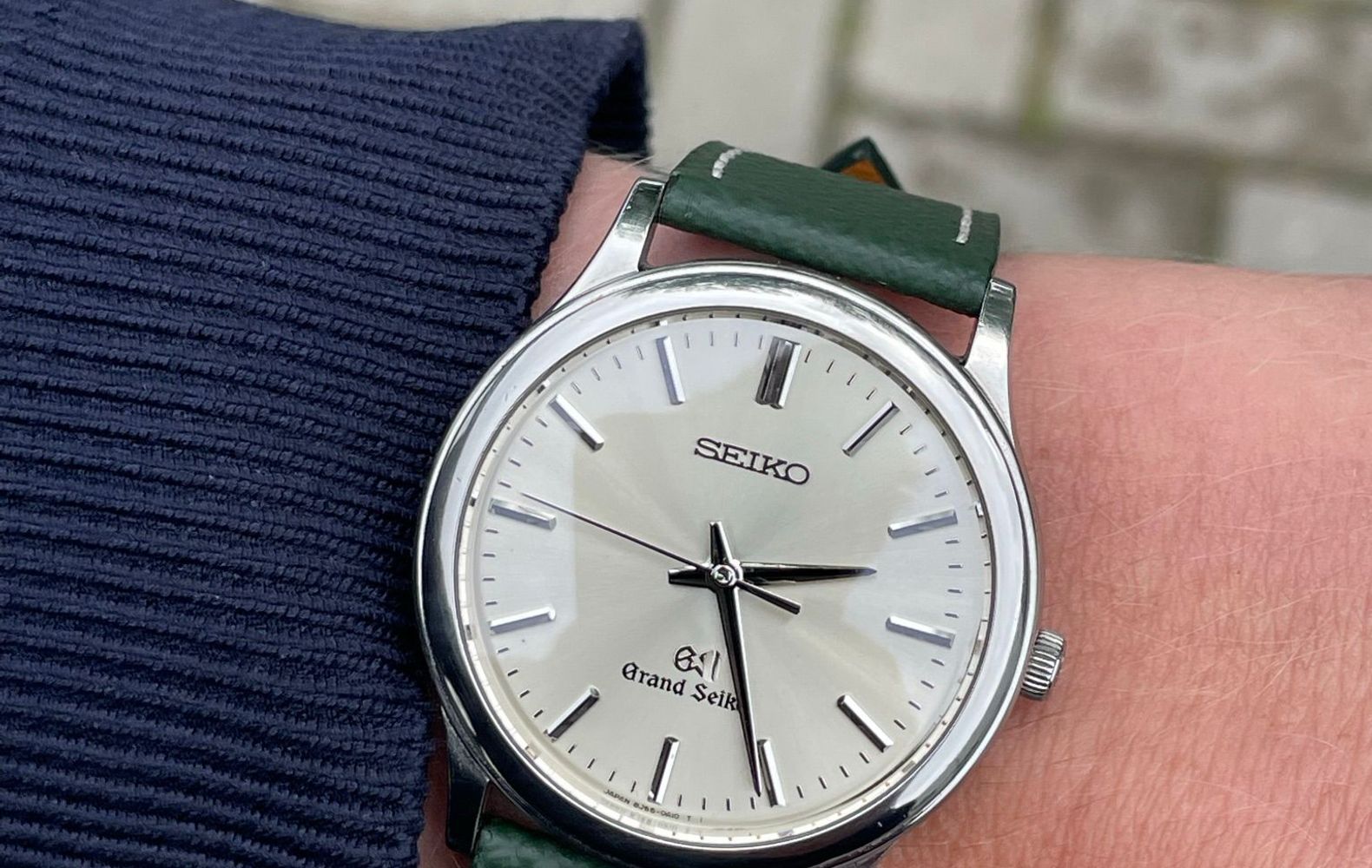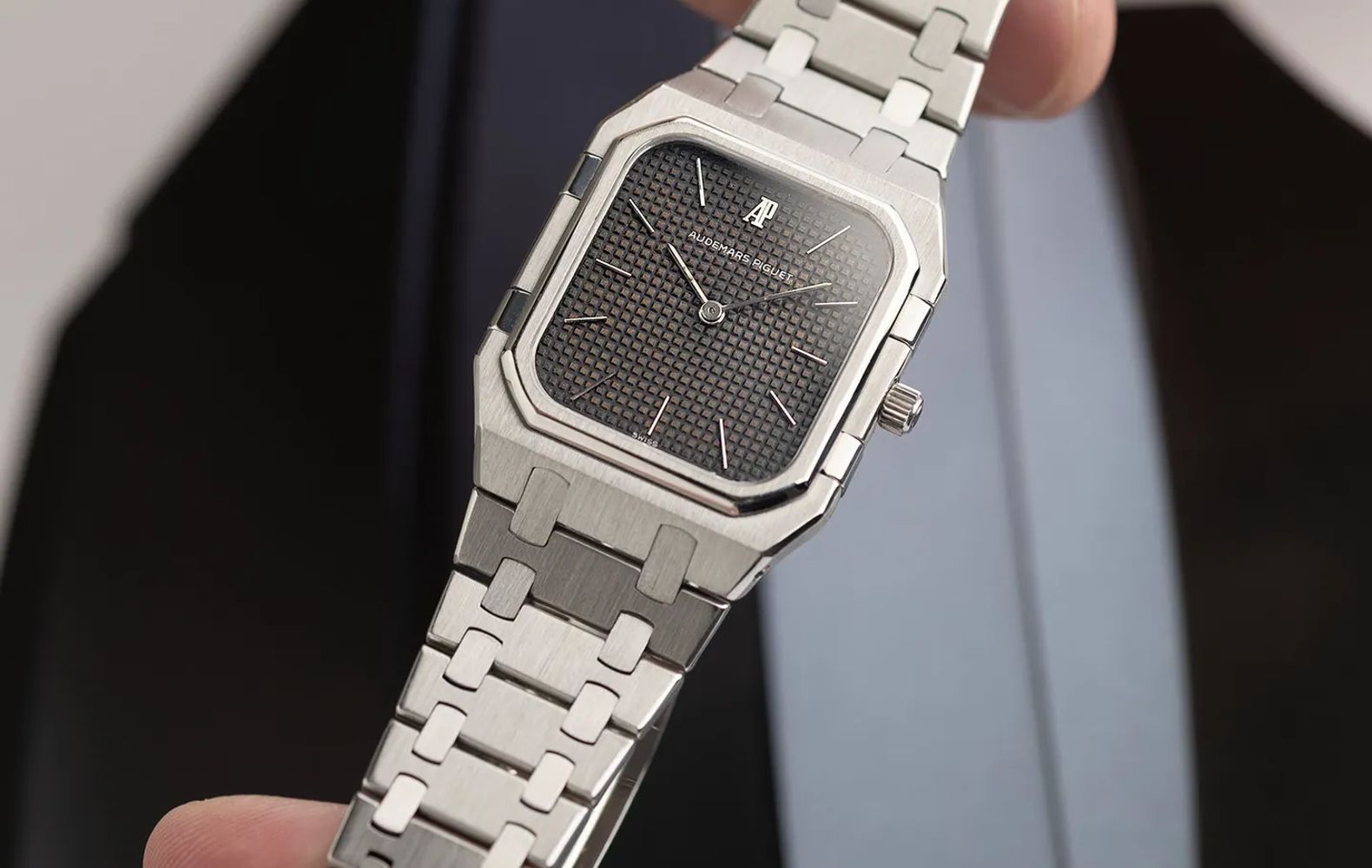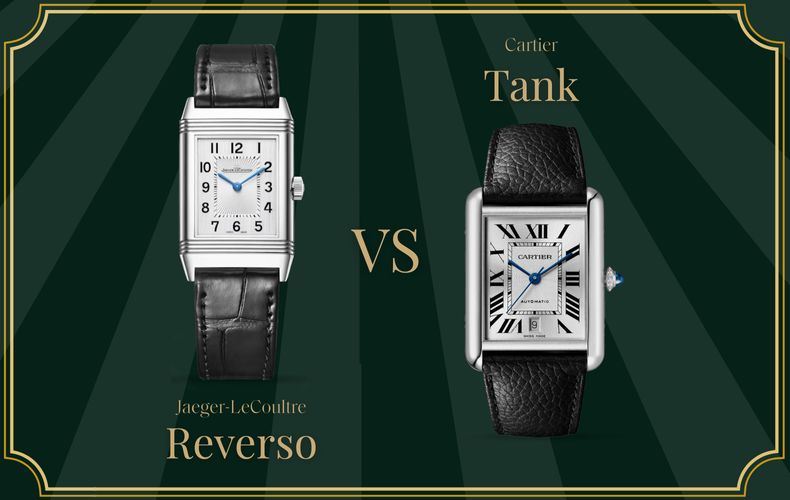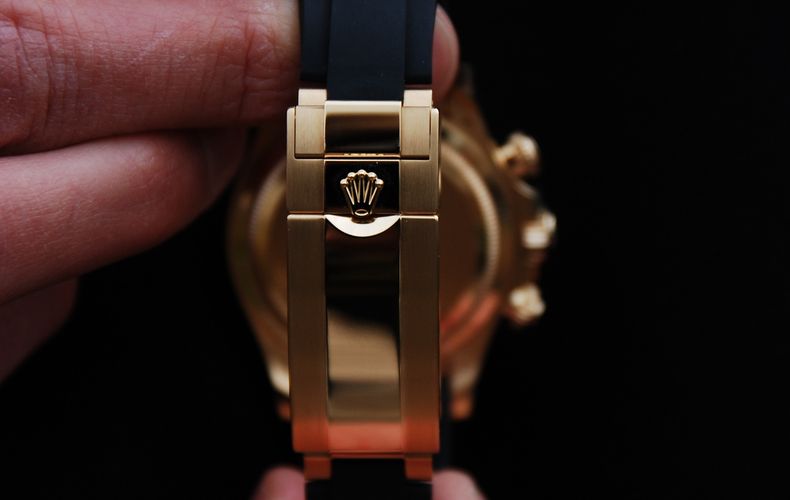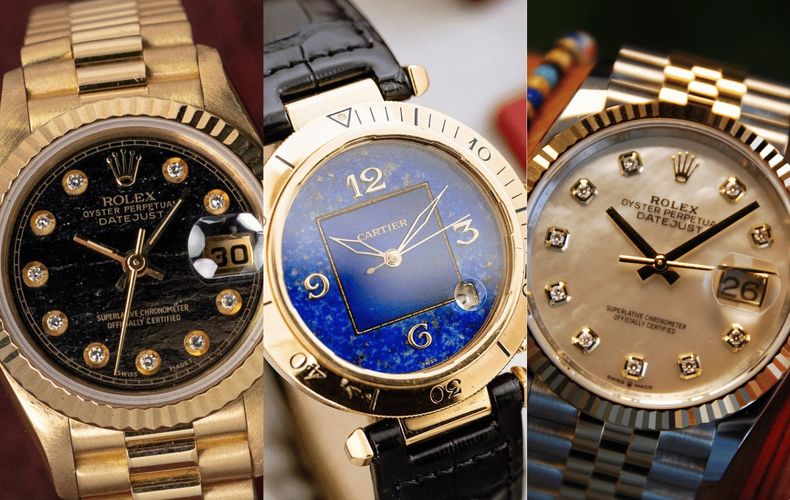Quartz watches: Where did it start?
Let’s explain what a Quartz watch is, and how it works. Quartz is a crystal material with a very specific characteristic. When a quartz crystal is powered with an electrical current, read battery, the crystal vibrates/oscillates at a very precise frequency. In 1969 Seiko took use of this character and decided that powering a quartz crystal to regulate the movement of the watch was way more precise than how it was done before. Before this invention, there were already electronically powered watches that used tuning fork movements, or a balance wheel to regulate the power. Some well-known examples of these electronic tuning fork watches are the early Bulova Accutrons. They used a tuning fork that, when powered, vibrates at a very specific frequency (360Hz). When they changed this into a quartz crystal to regulate the power, they were amazed how accurate this phenomenon was. Not only the accuracy was great, but it was also a very cost-effective solution to lower the prices of their watch production. From then on, regulating electronic watches with a quartz crystal was the worldwide standard.




